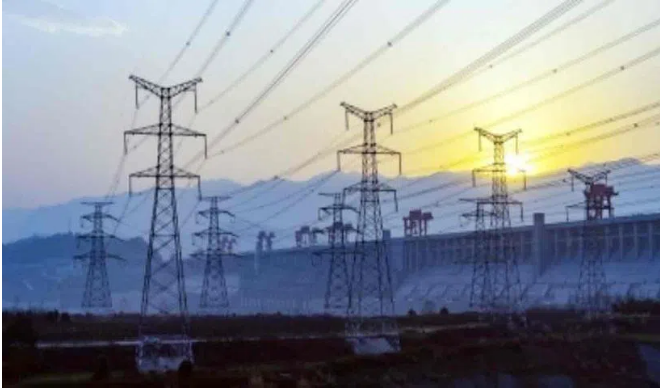Price of gas drive electricity prices, says research

New Delhi: Natural gas is the main driver of electricity prices across Europe. In the UK, in recent years it has set electricity costs as much as 84 per cent of the time, despite providing well under half of the total electricity, a research published by UCL has confirmed.
As a result, energy company revenues have increased from about 15 billion pound in 2019 to roughly double in 2021 and likely to over 50 billion pound in 2022.
In two papers being published on Monday, researchers outline reasons why, despite the advance of relatively cheap renewable energy, electricity prices have rapidly risen across Europe alongside the increased cost of natural gas.
They identify the structure of the wholesale electricity market as the main driver of excessive prices, and are developing solutions to change this.
Professor Michael Grubb (UCL Institute for Sustainable Resources), who is leading the research, said: “Fossil fuels used to be cheaper than renewable energy sources, but that has turned on its head as gas prices shot up and the cost to produce renewables such as wind and solar power has plummeted.
“Half of our electricity already comes from non-fossil fuels, and that figure is growing.
“If we actually paid the average price of what our electricity now costs to produce, our bills would be substantially cheaper.”
The ongoing energy crisis has pushed retail prices up by over 80 per cent this year, and quadrupled wholesale prices, fuelling the ‘cost of living’ crisis and inflation. Yet the UK already generates half of its electricity from non-fossil sources, with 25 per cent from wind and solar power, whose costs have fallen hugely to around a quarter of the costs now seen in the wholesale electricity market.
But the structure of the UK’s power market means that these falling costs are not reflected in bills.
In their reports, the researchers explain how, as the most expensive generator needed to meet the last bit of demand, gas sets the price for all types of electricity generating technologies.
This happens even when the bulk of electricity is generated by cheaper renewable sources.
Professor Grubb explained: “While renewables are providing more and more electricity, we still need natural gas to meet the demand. The most expensive natural gas producers are still needed to cope with fluctuations in renewable energy production, so they are setting what’s called the marginal cost, at the edge of what’s needed.
“Because natural gas generation is expensive, those producers charge the highest prices — which mean that other producers are also able to charge similar prices.a
The two papers are the first outputs of a programme of research led by UCL supported by the Aldersgate Group and the Institute for New Economic Thinking, which is leading to a series of proposals for electricity market reform, power sector decarbonisation, and measures to reduce electricity prices to facilitate the electrification of the UK economy.
This will culminate in two major reports to be published in November 2022 and May 2023, that propose clear solutions to these problems.
Due to the urgency of the current crisis, the researchers are publishing interim papers that outline the economic fundamentals of the UK’s electricity market design; present key principles for reform; examine the revenues collected by generators during the crisis; and put forward a vanguard proposal for a aGreen Power Pool’, that would decouple gas and electricity prices, enabling consumers to benefit from the falling costs of renewable energy generation.







